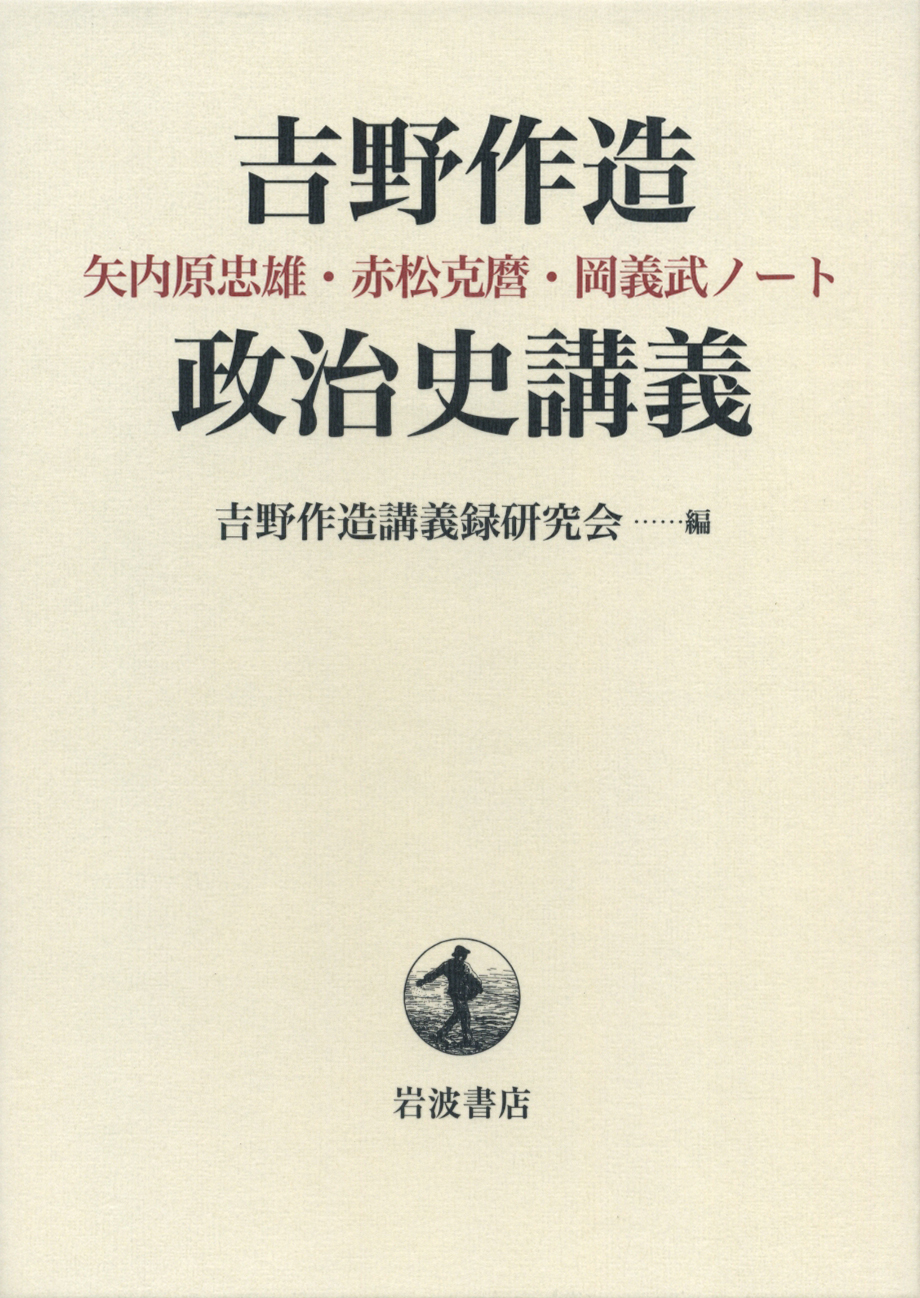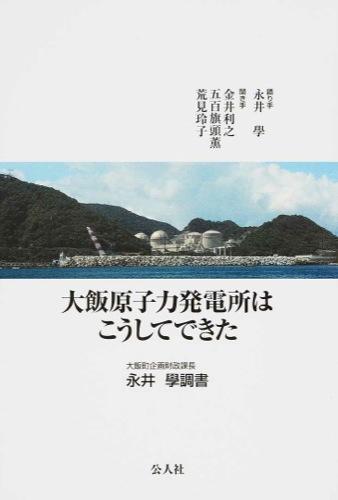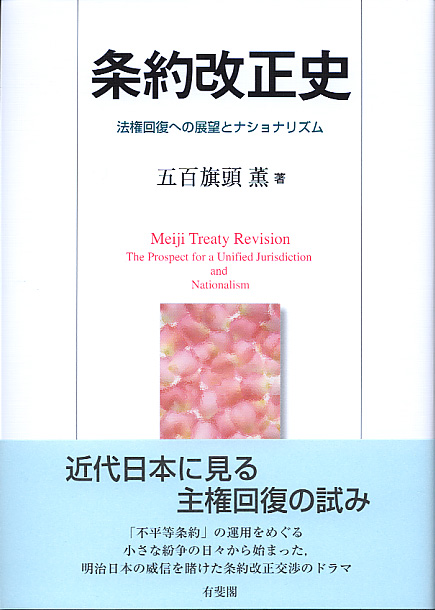
Title
Yoshino Sakuzo Seiji-shi Kogi (Sakuzo Yoshino’s Lectures on Political History – The lecture notes of Tadao Yanaihara, Katsumaro Akamatsu, and Yoshitake Oka)
Size
512 pages, A5 format, hardcover, slipcase
Language
Japanese
Released
January 26, 2016
ISBN
9784000254687
Published by
Iwanami Shoten
Book Info
See Book Availability at Library
Japanese Page
Sakuzo Yoshino was a leading intellectual of his time and a key figure in the Taisho democracy movement. This book uses student lecture notes to reproduce the lectures that Yoshino delivered at the Tokyo Imperial University during the Taisho era. Yoshino vigorously produced critical reviews and historical essays, so why do we need to rely upon lecture notes to reproduce his ideas?
The first reason concerns the climate of public discourse that existed during the Taisho and pre-war Showa periods. Those who discussed ideas such as democracy and anarchism needed to be cautious to avoid potential criticism from the advocates of kokutai (Japanese national polity). For lectures, however, the environment (a university campus) was relatively secluded, and the students (audience) were relatively progressive and homogenous. Under these conditions, intellectuals could express their ideas more frankly than they could in a written work intended for commercial circulation. As such, the notes of these lectures warrant attention.
The second reason concerns the students who were taking the notes. These students were Tadao Yanaihara, Katsumaro Akamatsu, and Yoshitake Oka. In later years, Yanaihara became an important figure in Colonial Studies, Akamatsu became an important figure in the social movement, and Oka became an important figure in Japanese political and diplomatic history. In this respect, the significance of the lecture notes extends beyond the research on Yoshino’s works.
The third reason concerns the fact that the bulk of Yoshino’s published works were short essays, which was due to Yoshino’s fame and busy schedule. The lecture notes offer an invaluable glimpse into Yoshino’s systematic thinking on European and Japanese history. With regard to his thinking on Japanese history, the notes evince Yoshino’s thoughts on the point at which the development of Japan’s constitutional government went awry. They also reflect Yoshino’s fervor towards the political developments that were underway when the notes were made. The notes were made in 1924, when the Second Movement to Protect Constitutional Government had helped to bring in the commencement of party cabinet era.
The notes describing Yoshino’s thoughts on European history are even more profound. These notes generally cover the rise of the Vienna System, the challenges to this system, and the First World War. According to the notes, Yoshino discussed these periods from various angles. While emphasizing egalitarian thrusts, Yoshino was aware that these thrusts took on different forms depending on the historical phase. For example, although one might expect Yoshino to be critical of Bismarck’s political leadership, the notes suggest that he acknowledged the historical significance of the formation of the German state, in which Bismarck played a key role. Yoshino was, in fact, more critical of the Catholic Church for leveraging its international network to intervene in German politics and resist the emerging nation state, despite Catholics being a minority in Germany. Yoshino’s detailed analysis of the Kulturkampf between the Bismarckian government and the Catholic Church was preeminent among Japanese scholars of the time (Yuko Sakuuchi, “Yoshino Sakuzo no Yoroppa Seijishi Kogi” [Sakuzo Yoshino’s Lectures on European History], Tosho, February 2016).
This book includes annotations by Taketo Fushimi, which introduce and discuss Yoshino’s lectures, including those that have not been covered in the main text. There are also annotations by Kaoru Iokibe, who analyzes the lecture notes in an attempt to present an overall picture of Yoshino as a historian and political thinker.
(Written by Kaoru Iokibe, Professor, Graduate Schools for Law and Politics / 2019)



 Find a book
Find a book





